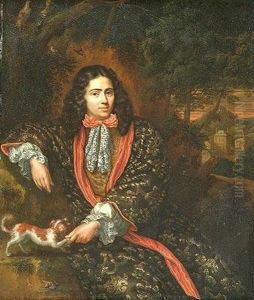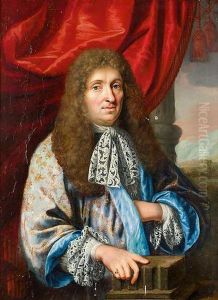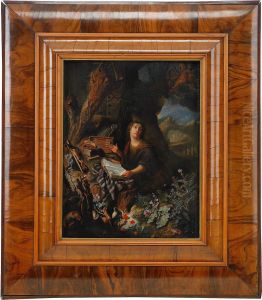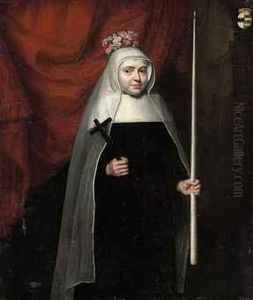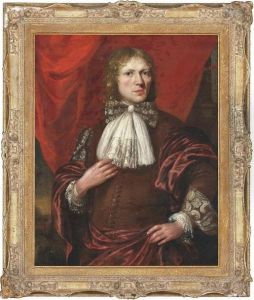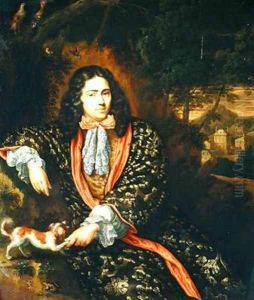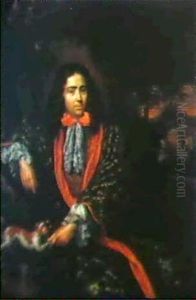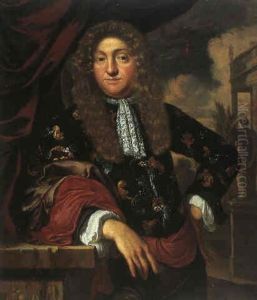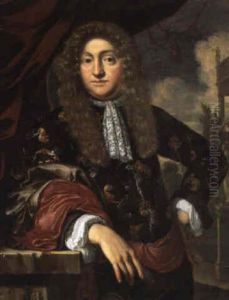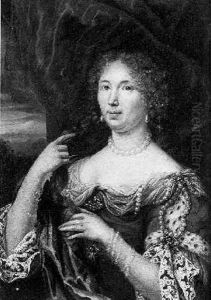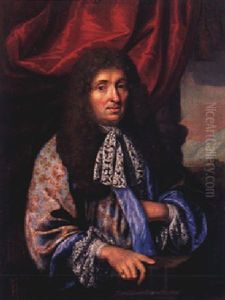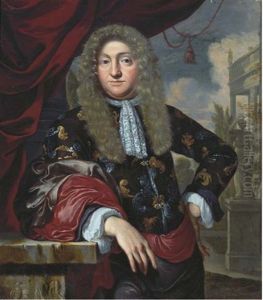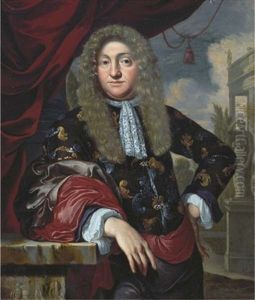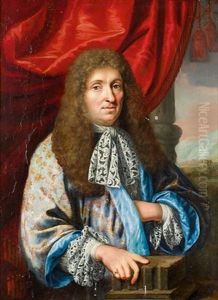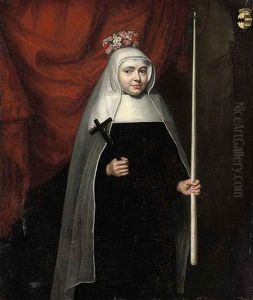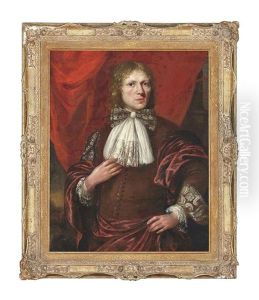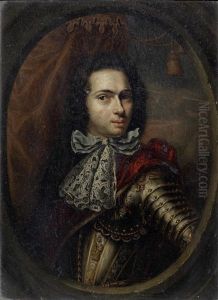Pieter Leermans Paintings
Pieter Leermans, a Dutch painter whose life and work were nestled in the heart of the 17th century, a period often referred to as the Golden Age of Dutch painting. Born in 1635, Leermans' contributions to art, though not as widely recognized as those of his contemporaries, reflect the rich cultural and artistic milieu of his time. His works are a testament to the technical skills, thematic diversity, and aesthetic values that characterized Dutch art during this period.
Leermans specialized in genre scenes, landscapes, and still lifes, displaying a versatility that was highly prized in the Dutch art market. His genre scenes often depicted the daily life and customs of the Dutch people, resonating with the domestic and bourgeois themes popular among 17th-century Dutch artists. These works not only provide a glimpse into the era's societal norms and values but also showcase Leermans' acute observation skills and his ability to render human figures and emotions with sensitivity and depth.
In addition to genre scenes, Leermans' landscapes and still lifes contribute to our understanding of Dutch Golden Age painting's breadth. His landscapes, characterized by meticulous attention to detail and a harmonious interplay of light and shadow, reflect the Dutch fascination with nature and the environment. Meanwhile, his still lifes are studies in texture, color, and composition, revealing the artist's skill in capturing the transient beauty of everyday objects.
Despite his evident talent, Pieter Leermans remains a relatively obscure figure in art history. His death in 1706 marked the end of a career that, while not as celebrated as that of some of his peers, significantly contributed to the richness and diversity of Dutch painting. Today, scholars and art enthusiasts continue to study his works, recognizing in them the subtle nuances and deep appreciation for the visual world that define so much of Dutch Golden Age art.
